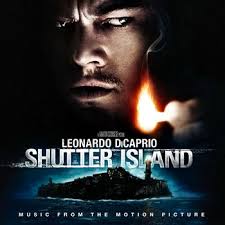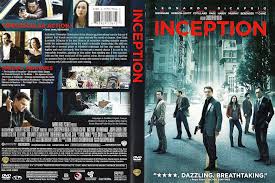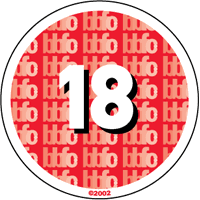www.surveymonkey.com/s/wcxt3wy
By using Survey Monkey for a survey we managed to gather and collect results far more effectively than if we did it by hand. The questions we used for survey were decided with the intention of finding out which target audience the thriller genre best suits
.1) What is your Gender? - Male - Female
2) What is your age range? - 5-12 - 13-17 - 18-25 - 26-31 - 32+
3) What is your favourite genre? - Action - Sci-Fi - Romance - Thriller - Comedy - Horror
4) What is your opinion on thrillers? - Like them - Hate them -Don't mind them
5) Do cliffhangers add interest to the opening of a film? - Yes - No
6) What is your favourite Thriller film? - Box left open to person filling out survey
7) What music adds to an atmosphere of a thriller film? - Eerie - Mysterious - Calm - Up-Beat - Classic
8) What setting would best suit a thriller? - Abandoned Building - Graveyard - School - Woods
9) What aspect of a Thriller movie scares you most? - Relation to characters - Jumpy Scenes - Ambience - Music - Antagonist
10) What would you expect to see in the opening of a thriller film? - Gore - Death - Mystery - Weapons - Other
Survey Results Analysis
Question 1:

Female: 67.89% Male: 42.11%
From this we can tell that out of the people who filled out the survey, the majority of them were female, however the difference between the numbers isn't too great, with just three more people being female. From this we can gather that the thriller genre appeals to both genders.
Question 2:

5-12: 0% 3-17: 84.21%
8-25: 5.26%
26-31: 0%
32+: 10.53%
From this we can tell, people aged 5-12 have little interest for the Thriller genre, likely due to the age limits on thrillers rarely going below 12. The graph shows that age group which Thrillers are most popular with are people aged 13-17, the teenage years. From this we can get a good idea on who to aim the Thriller at, and what age rating we should suit it towards.
Question 3: What is your favourite genre?

Question 4:

Question 5:

Question 6: What is your favourite Thriller film?
- Psycho- Insidious- Sinister- Shutter Island- The Dark Knight Rises- Dark Skies- The Pact- Phone Booth- Pulp Fiction. These results were gathered from an open box, these movies were choices from the surveys. These will be good for later research into what makes the movies popular with the target audience.
Question 7:

From here we can tell that the audience believes that Mysterious music is the most effective addition to the atmosphere. This will be useful when deciding on what sounds to include within the opening sequence.
Question 8:

From this question we can gather that the Abandoned building is the most preferred or recognised setting for a thriller film. We also can tell that the school is the next favoured. This will help give us some foresight on how we should go about making our thriller opening sequence.
Question 9:

From here we can tell that the Jumps in thriller films is the most effective way to scare someone through a thriller film. From previous research on the conventions of thrillers, making it scare the audience in some way or another is an important part of making the thriller genre.
Question 10:

Survey Analysis52.63% liked the genre comedy over any other genre. However if they were to watch a thriller, our results told us that 63% of people like thrillers and don't mind watching them, however there were 15% of people who completely hated them. Furthermore we were told that 80% prefer cliff hangers. I'm my opinion I think this would be because it keeps the audience engaged with whats happening throughout the film, and to also make sure the film has an effect on the audience post watching it. When we asked what peoples favourite thriller film was the majority of the answer ranged from 'Pulp Fiction, 'Sinister', 'Insidious' and an indian film called 'Talaash' however the most preferred one was 'Psycho'. The type of music that people thought added the most mystery to an opening sequence of a film was a mysterious type of sound. In my opinion i think this would be because it adds a sense of suspense. To add to the suspense the public decided that an abandoned building would be perfect for a thriller.The idea of a thriller is that it makes the audience will jump when something unexpected happened. and this is what the majority of people preferred 'Jumpy scenes'. Finally to finish off people generally prefer to have a mysterious opening sequence. To conclude I think it is for them to be engaged and 'sucked' in so that they can't stop watching even if they want to!
From our survey results we found out that the majority of participants were female and 13 and 17.




















